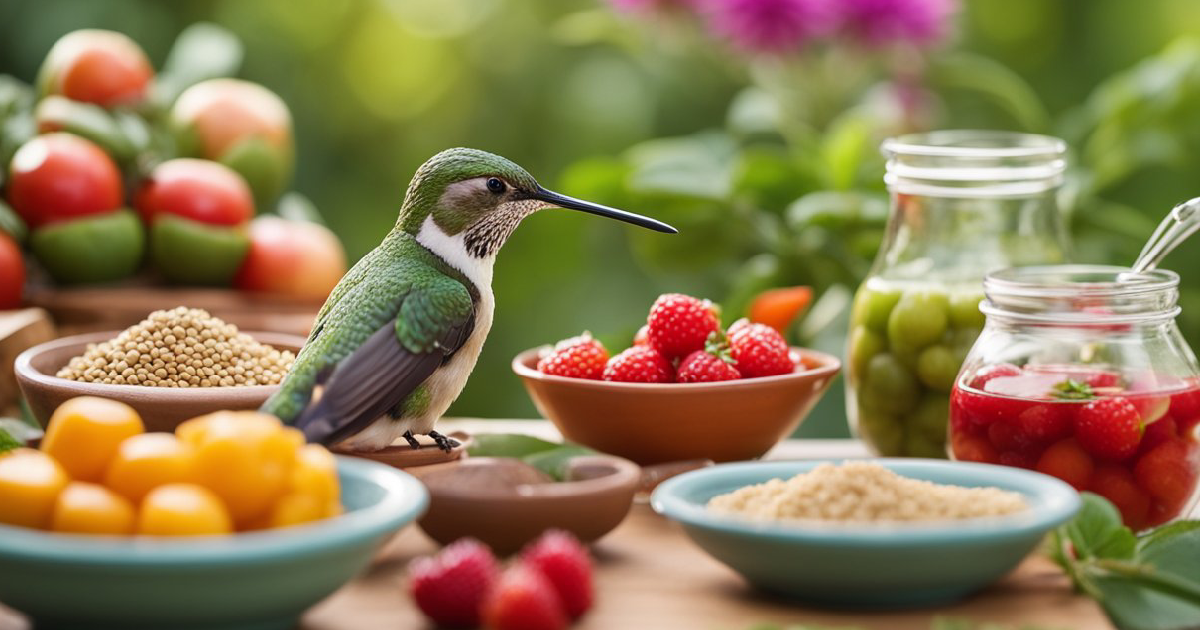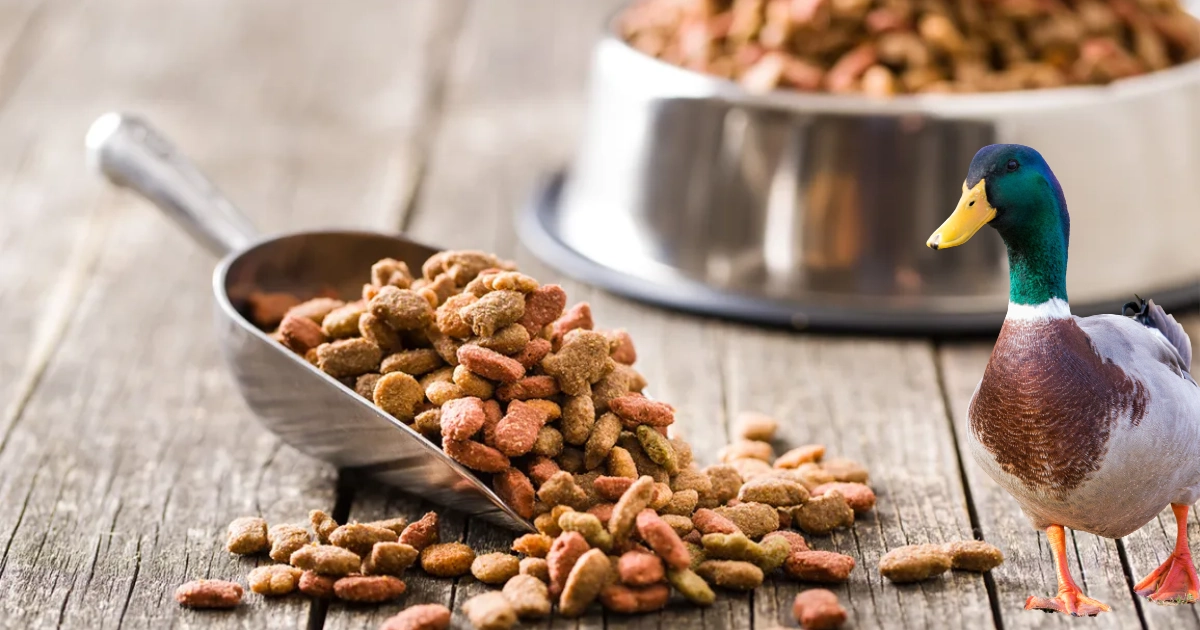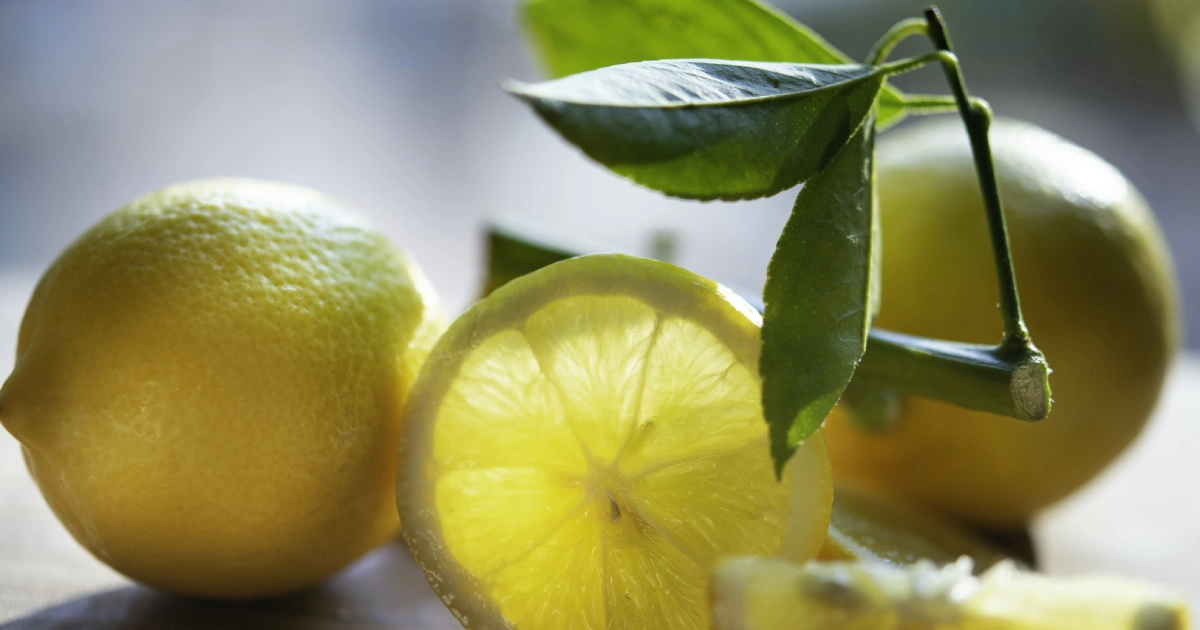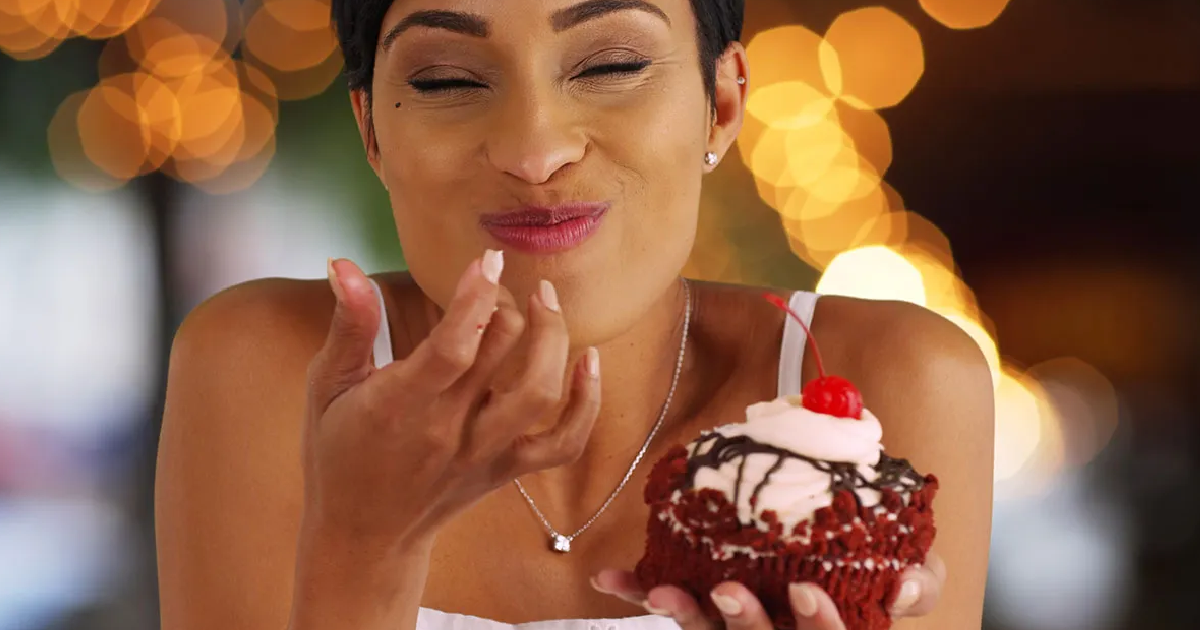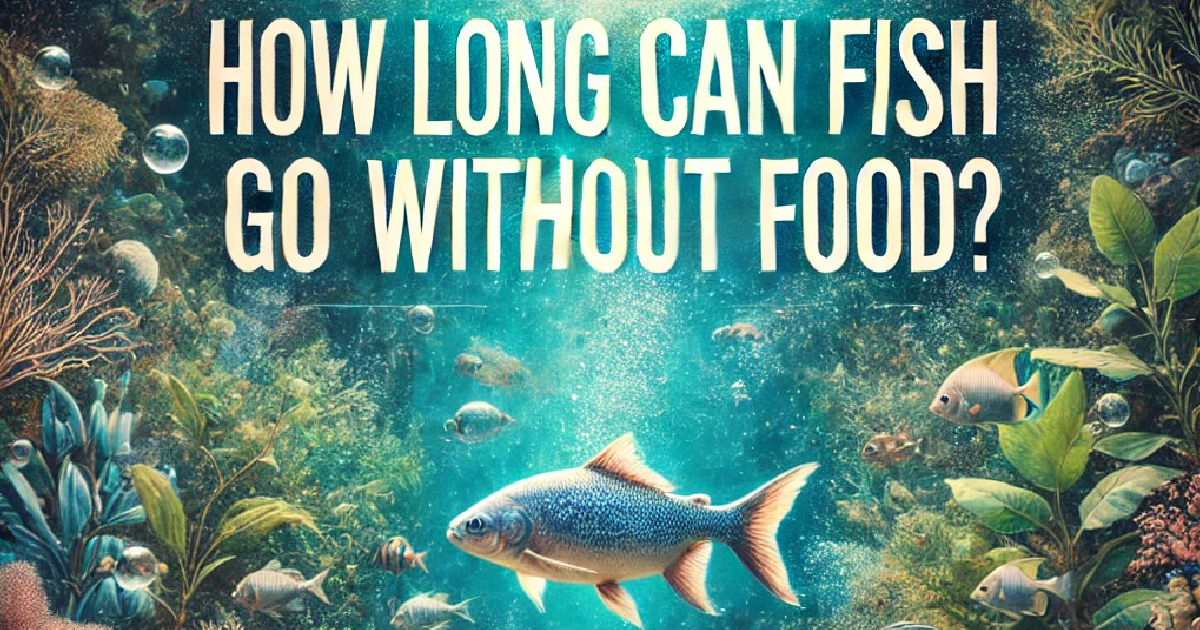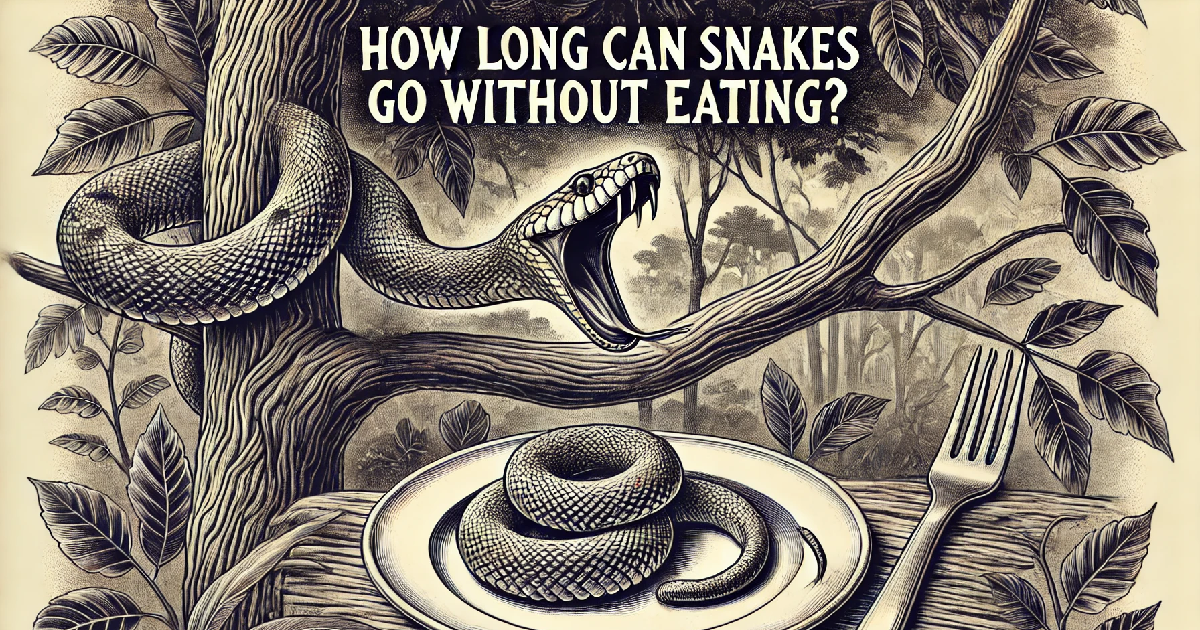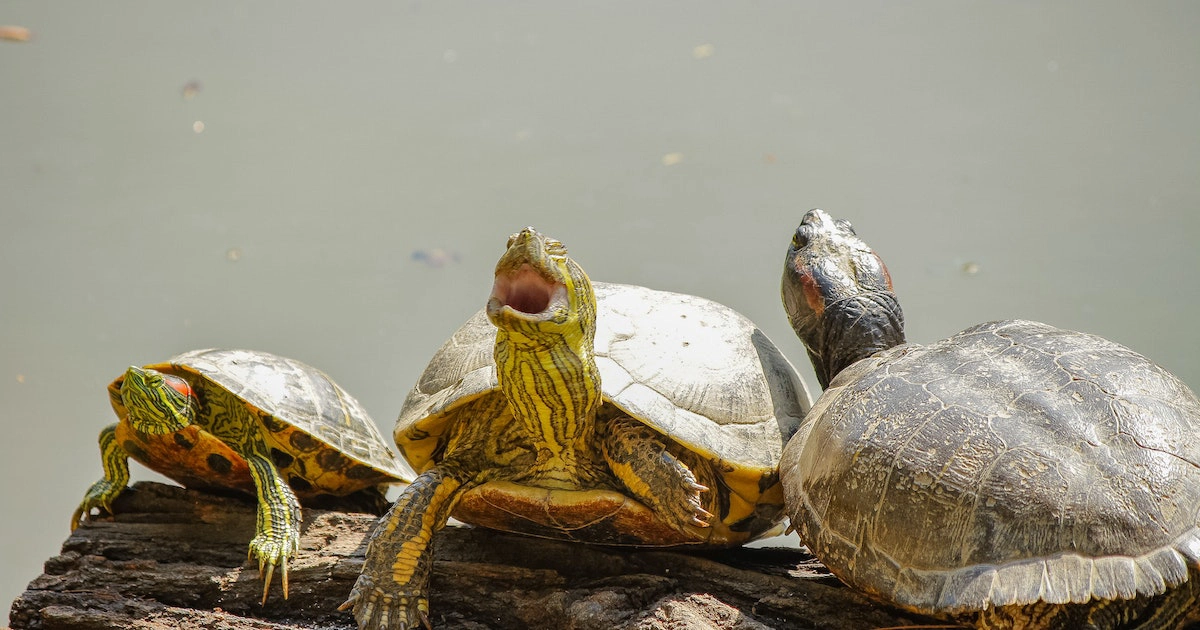Red-eared sliders can typically survive for several weeks to a couple of months without food. The duration without food depends on factors like age, health, size, and ambient temperature. Adult red eared sliders have a slower metabolic rate, allowing them to tolerate longer periods without food. Younger turtles and hatchlings have higher metabolic rates and require more frequent feeding. While they can survive without food, regular and balanced feeding is essential for their health.
The Importance Of Feeding Red Eared Sliders
Red eared sliders are omnivorous, meaning they eat both plants and animals. They require a healthy diet to maintain their health and well-being. The importance of feeding these turtles regularly cannot overstate, as food provides them with essential nutrients necessary for growth and development.
Although red eared sliders can survive without food for long periods, it recommends feeding them regularly to ensure they remain healthy. Juvenile red eared sliders are fed daily, while adult turtles can live without food for up to two weeks. However, it is important not to overfeed the turtles as this could lead to obesity and other health issues.
Feeding red eared sliders is crucial in maintaining their health and happiness. Owners should ensure they provide their pets with a proper diet that meets all their nutritional needs. A consistent feeding schedule must also establish so that the turtle can develop habits around mealtime.
How Often To Feed And How Much?
Red eared sliders are omnivores whose dietary needs vary depending on age. As hatchlings, they should be fed daily with small amounts of high-quality pellets or commercial turtle food. The amount of food given should be what the turtle can consume within 15-20 minutes. Feeding them too much might lead to obesity and other health problems.
As they grow into juveniles and adults, feeding frequency reduces every other day or twice a week. It is important to provide a varied diet that includes proteins such as earthworms, crickets, and fish; vegetables like lettuce, carrots, and squash; and fruits like apples and berries. It also recommends adding calcium supplements to their diet for stronger shells.
Red-eared sliders can survive without food for up to two weeks, but it recommends to let them go that long without eating. If you plan on going on vacation or leaving your turtle unattended for a few days, make sure to have someone feed them or use an automatic feeder that dispenses small amounts of food at regular intervals.
Factors Affecting Hunger: Temperature, Age, Activity Level, Health
Temperature is the primary factor that can affect hunger in red eared sliders. If the water temperature is too low, their metabolism will slow down, and they may become less active and eat less. On the other hand, if the water temperature is too high, they may become more active and require more food to meet their energy needs.
Age is another factor that can influence hunger in red eared sliders. Young turtles require more food than adults because they are still growing and developing. Older turtles may also eat less due to a slower metabolism or changes in their activity level.
Activity level plays a significant role in determining how much food red eared sliders need. More active turtles tend to have a higher metabolic rate and therefore require more food than less active ones.
Finally, health can impact hunger in red eared sliders as well. Illness or injury can cause turtles to lose their appetite or be unable to eat properly, leading to malnutrition and weight loss. Owners need to monitor their turtle’s health closely and seek veterinary care if necessary to ensure they receive proper nutrition even during illness or injury.
Signs Of Hunger: What To Look Out For If They Are Starving
Red eared sliders are aquatic turtles that require a correct diet to maintain their health and longevity. However, sometimes they may go without food for a specific time due to various reasons such as illness, hibernation, or stress. In this case, it’s important to recognize the signs of hunger in these creatures.
One of the most noticeable signs is increased activity levels. The turtle may become restless and start swimming around more often than usual when hungry. They are also seen basking in the sun for longer periods since it helps them digest their food easily.
Another sign is begging behaviour. Turtles might approach you or crawl up against the glass as if trying to catch your attention and beg for food when they’re starving. This also accompanies by noises such as scratching on the tank walls or splashing water with their limbs.
Normally, red eared sliders can go without food for several weeks, but not too long before their health deteriorates significantly. Therefore, it’s essential to keep an eye out for these signs so that you can feed your pet timely and avoid any potential health issues caused by starvation.
Risks Of Starvation: Health Implications And Potential Death
Red eared sliders are semi-aquatic turtles that can survive without food for varying periods depending on their age, size and environmental conditions. While adult red eared sliders can go without food for up to two weeks, juvenile ones may not be able to survive beyond a week. Starvation in turtles can lead to serious health implications such as a weakened immune system, liver disease and malnutrition.
Malnourishment resulting from starvation is particularly dangerous in juvenile red eared sliders as it hampers the growth and development of bones and shells. In addition, prolonged starvation weakens the turtle’s immune system making them susceptible to various infections, further increasing the risk of death. Therefore, pet owners must ensure that their red eared sliders are fed a balanced diet with sufficient nutrients required for healthy growth and development.
While red eared sliders have adaptive mechanisms that enable them to survive extended periods without food, prolonged starvation poses significant risks, including a weakened immune system, liver disease and malnutrition which could lead to potential death in extreme cases. Pet owners should prioritize feeding their pets with appropriate diets containing sufficient nutrients for their growth and general well-being.
What Can Baby Red Eared Sliders Eat?

Baby red-eared sliders have specific dietary needs to support their growth and development. Here are some suitable food options for baby red-eared sliders:
- Commercial Turtle Pellets: High-quality, commercial turtle pellets specifically designed for baby turtles are a staple of their diet. These pellets provide balanced nutrition and should be a significant part of their daily meals.
- Live or Frozen Food: Offer small, appropriately-sized live or frozen aquatic invertebrates, such as bloodworms, daphnia, brine shrimp, or small earthworms. These provide essential proteins and variety in their diet.
- Leafy Greens: Introduce a variety of leafy greens, such as romaine lettuce, collard greens, and kale. These choppers are into small, manageable pieces for the baby turtles.
- Vegetables and Fruits: Offer small amounts of finely chopped vegetables and fruits, including carrots, cucumbers, bell peppers, and berries. These provide additional nutrients and can add variety to their diet.
Baby Red Eared Slider Care
Caring for baby red-eared sliders requires attention to their specific needs to ensure proper growth and well-being. Here are some key aspects of baby red-eared slider care:
Habitat Setup: Provide a suitable enclosure with a spacious, clean, and filtered aquatic area. Include a basking area with a heat source and a UVB light for thermoregulation and proper bone development.

Water Quality: Maintain clean water by using a reliable filtration system and performing regular water changes. Monitor temperature (around 75-80°F or 24-27°C) and use a water heater if necessary.
Feeding:
- Offer a balanced diet that consists of commercial turtle pellets designed for baby turtles as the primary food source.
- Supplement their diet with small, appropriately-sized live or frozen aquatic invertebrates and finely chopped leafy greens and vegetables.
- Avoid overfeeding and provide a variety of food for nutritional diversity.
UVB Exposure: Ensure access to UVB lighting for at least 10-12 hours a day to aid in vitamin D synthesis, calcium absorption, and overall shell and bone health. Follow the manufacturer’s guidelines for light intensity and replacement schedule.
Monitoring: Regularly observe your baby’s red-eared slider for any signs of illness, unusual behaviour, or abnormal shell growth. Maintain proper temperature gradients and humidity levels to prevent stress and health issues.
Veterinary Care: Schedule regular check-ups with a reptile veterinarian to monitor your baby red-eared slider’s health, assess growth, and address any concerns or questions you may have.
Why Is My Red Eared Slider Not Eating?
There can be several reasons why your red-eared slider is not eating, including:
- Environmental Stress: Changes in the environment, such as improper temperature, inadequate lighting, or a noisy or unsettling surroundings, can cause turtles to lose their appetite.
- Illness or Injury: Turtles may lose their appetite if they are unwell or injured. Common health issues affecting their appetite include respiratory infections, shell problems, parasites, or mouth infections.
- Incorrect Diet or Feeding Conditions: Offering an imbalanced or inappropriate diet, incorrect food temperatures, or not providing a suitable basking area can lead to a loss of appetite in turtles.
- Behavioural Factors: Turtles may go through periods of reduced appetite due to natural behaviour, such as decreased feeding during the winter months or during times of reproductive activity.
Can Turtles Live Without Water?
Turtles are aquatic animals and depend on water for their survival. While turtles can tolerate brief periods without water, they cannot live without it in the long term. Water is crucial for hydration, respiration, digestion, and overall well-being. Without access to water, turtles would not be able to meet their essential physiological needs and would likely experience severe health issues or even death.
How Long Can Turtles Go Without Water?
Healthy adult turtles can typically survive without water for a few days to a few weeks, but it not recommends for their well-being. Extended water deprivation can lead to dehydration, organ damage, and other health complications. Providing a suitable aquatic habitat with access to clean water is crucial for the health and longevity of turtles.
How Long Can A Turtle Survive Without A Heat Lamp?
Red-eared sliders are a popular pet turtle species known for their vibrant red markings on their ears. They require specific living conditions to thrive, including basking areas and adequate lighting. One crucial element of these living conditions is using heat lamps or lights for red-eared sliders.
Heat lamps are essential for maintaining the proper temperature in a turtle’s enclosure, providing warmth and light. Without this heat source, turtles can become lethargic and develop health issues such as respiratory infections. As such, pet owners must always ensure their turtles have access to heat lamps.
Some sources suggest that turtles may be able to survive without a heat lamp for short periods, it’s not recommended as it can lead to long-term health problems. For example, turtles may stop eating without adequate warmth and lighting and become more susceptible to illness.
How Long Can A Turtle Go Without Basking?
Turtles are ectothermic animals, meaning they control their body temperature by relying on outside heat sources. Basking is a crucial behaviour for turtles as it allows them to absorb heat and UV rays, which is essential for their overall health and well-being. While turtles can survive without basking for a limited period, it is not recommended or healthy for them in the long term.
The specific duration that a turtle can go without basking depends on various factors, including the species, age, health, and environmental conditions. However, it generally recommends that turtles have access to a basking area with appropriate heat and UVB lighting for several hours each day. This allows them to thermoregulate, dry off, and receive UV radiation for vitamin D synthesis.
Turtles may experience several health issues without basking, such as weakened immune systems, shell problems, metabolic disorders, and decreased overall activity. Therefore, providing a suitable basking area with the proper temperature and lighting is crucial to maintaining the health and well-being of turtles.
Adult red-eared sliders require regular basking to maintain their health and well-being. While the exact duration that an adult red-eared slider can go without basking can vary, it generally recommends that they have access to a basking area for several hours each day.
Conclusion:
Red eared sliders can go without food for varying amounts of time depending on their age and overall health. Adult turtles can survive up to two months without eating, while younger turtles may only last a few weeks. However, it is important to note that depriving your turtle of food for extended periods can harm its health and well-being.
It is also crucial to provide your red-eared slider with a balanced diet and proper care to stay healthy and active. Overfeeding or underfeeding your turtle can lead to problems such as obesity, malnourishment, and even organ failure. Therefore, you should consult with a veterinarian or do thorough research on the appropriate feeding schedule and diet for your turtle species.
While red eared sliders may be able to survive without food for some time, it is not a sustainable or healthy practice. It is important to prioritize the well-being of these animals by providing them with adequate nutrition and care at all times.








